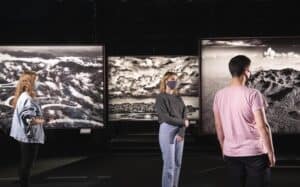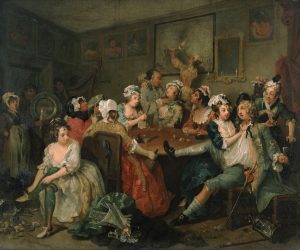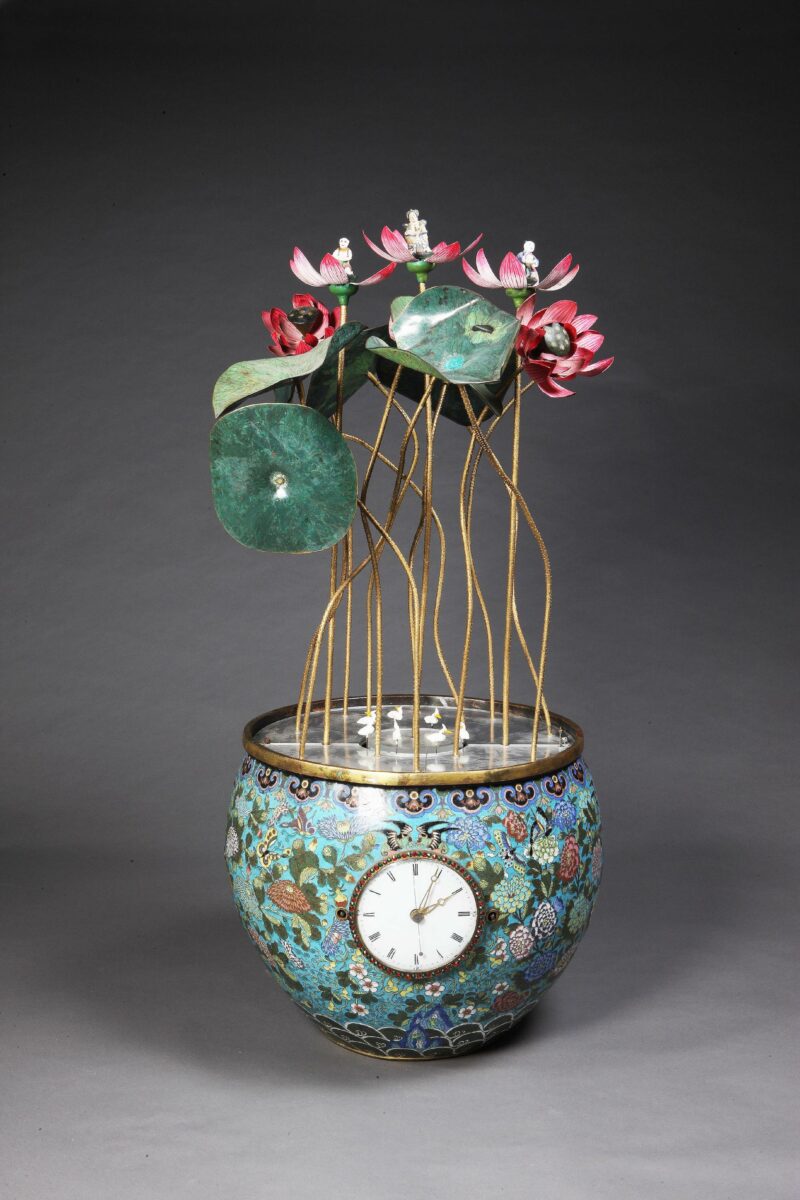
A major exhibition will open at the Science Museum featuring more than 20 resplendent mechanical clocks, called zimingzhong, on loan from The Palace Museum in Beijing and never before displayed together in the UK.
Zimingzhong Clockwork Treasures from China’s Forbidden City will take visitors on a journey through the 1700s, from the Chinese trading port of Guangzhou and onto the home of the emperors in the Forbidden City, the UNESCO-listed palace in the heart of Beijing. The exhibition will shine a light on the emperors’ keen interest in and collection of these remarkable clockwork instruments, the origins of this unique trade, and the inner workings of the elaborate treasures that inspired British craftsmen and emperors alike. Translating to ‘bells that ring themselves’, zimingzhong were more than just clocks: they presented an enchanting combination of a flamboyant aesthetic, timekeeping, music and movement using mechanisms new to most people in 18th century China.

On entering the exhibition visitors will encounter the ornate Pagoda Zimingzhong, a celebration of the technology and design possibilities of zimingzhong. This unique piece dating from the 1700s was made in London during the Qing Dynasty in China. The complex moving mechanism is brought to life in an accompanying video which will show the nine delicate tiers slowly rise and fall.
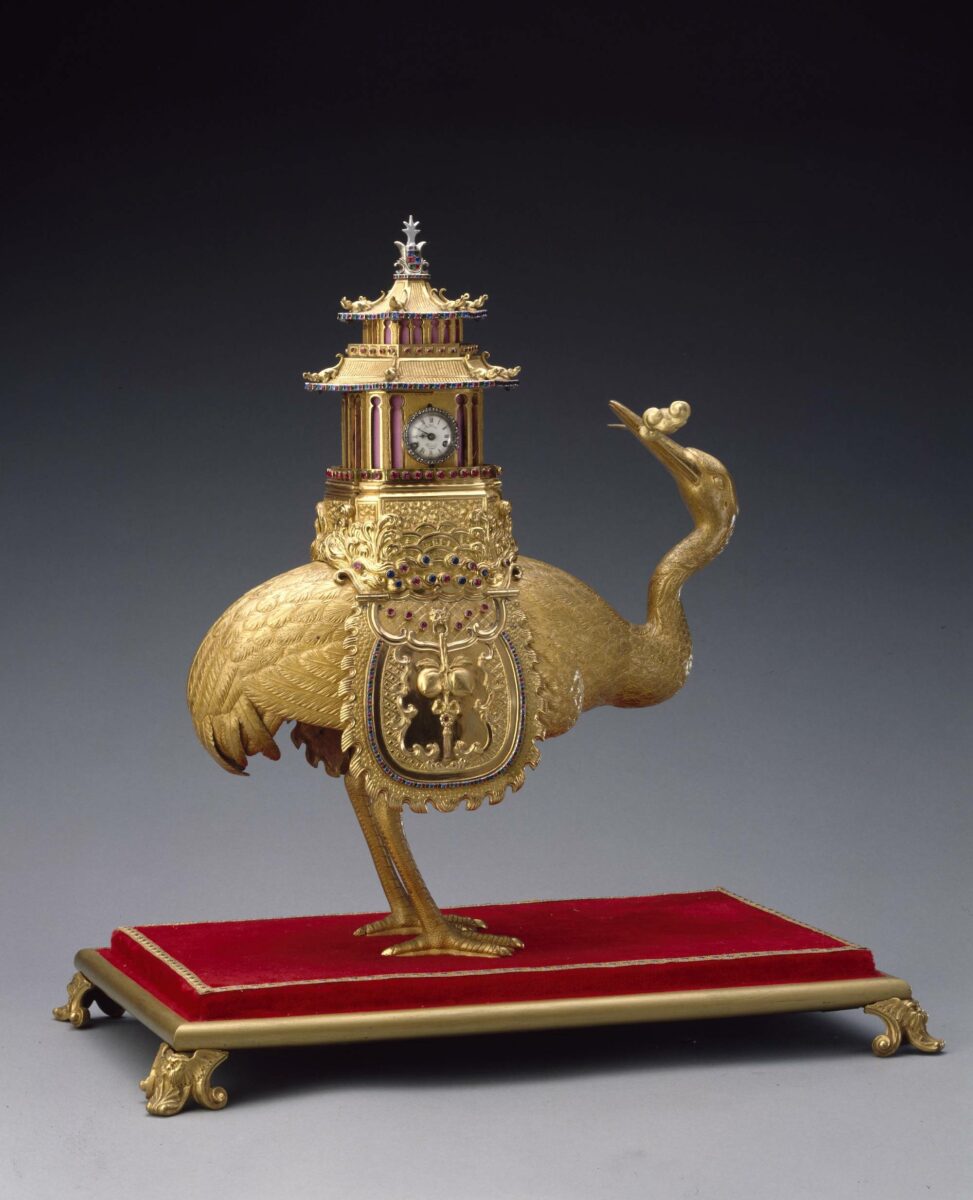
Next the Emperors and Zimingzhong section explores the vital role of zimingzhong in facilitating early cultural exchanges between East and West. Some of the first zimingzhong to enter the Forbidden City were brought by Matteo Ricci, an Italian missionary in the early 1600s. Ricci and other missionaries were seeking to ingratiate themselves in Chinese society by presenting beautiful automata to the emperor. Decades later, the Kangxi Emperor (1662-1722) was intrigued by, and went on to collect, these automata which he christened ‘zimingzhong’, displaying them as ‘foreign curiosities’. They helped demonstrate his mastery of time, the heavens and his divine right to rule.
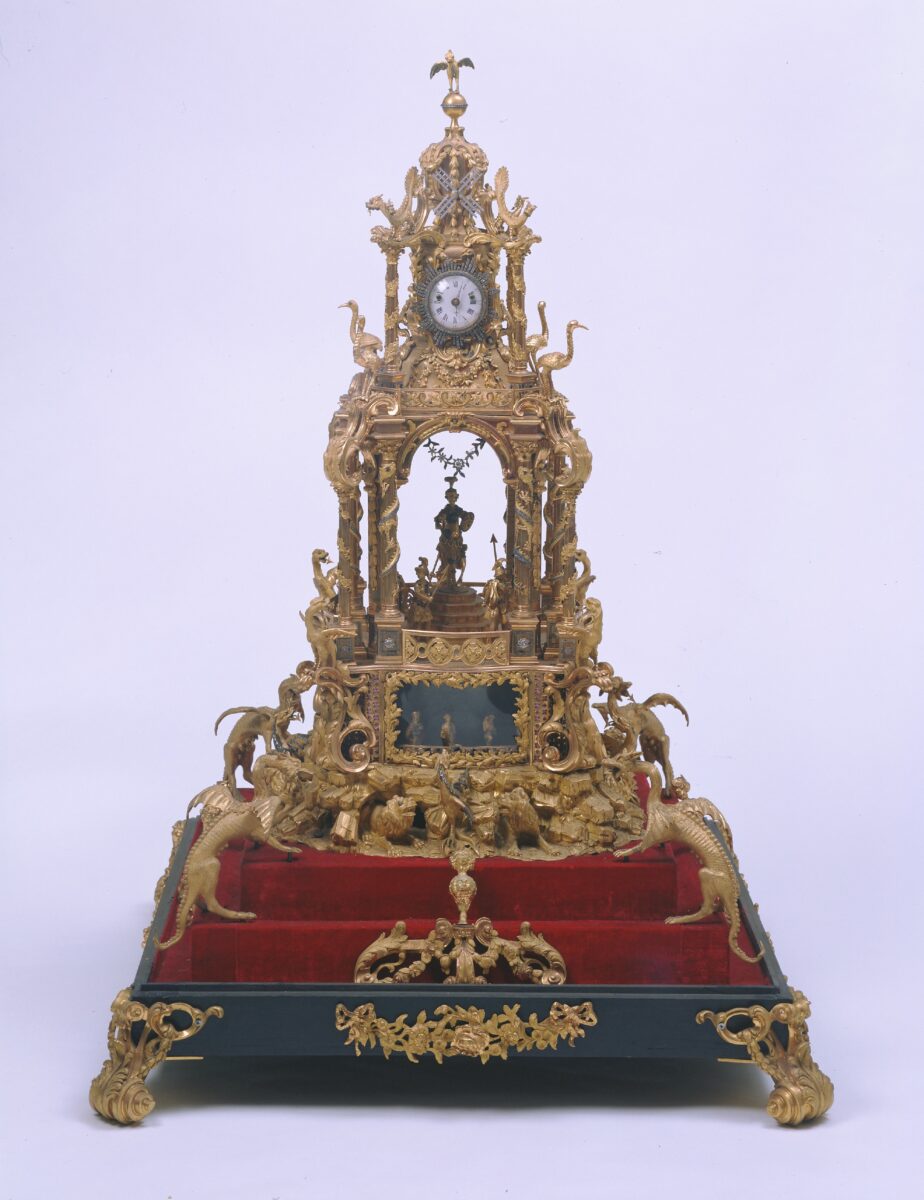
The Trade section explores the clock trade route from London to the southern Chinese coast. The journey took up to a year but once British merchants reached the coast, they could buy sought-after goods including silk, tea and porcelain. Within this section, visitors can see a preserved porcelain tea bowl and saucer set which sank on a merchant ship in 1752 and was found centuries later at the bottom of the South China Sea.
Whilst the demand for Chinese goods was high, British merchants were keen to develop their own export trade and British-made luxury goods like zimingzhong provided the perfect opportunity to do so. This exchange of goods led to the exchange of skills. In the Mechanics section of the exhibition visitors will see luxurious pieces like the Zimingzhong with mechanical lotus flowers, which was constructed using Chinese and European technology. When wound, a flock of miniature birds swim on a glistening pond as potted lotus flowers open. The sumptuous decorative elements are powered by a mechanism made in China while the musical mechanism was made in Europe.
The flamboyant combination of design flair and mechanical precision exemplified in these three-hundred-year-old time pieces has to be seen to be believed. We are deeply grateful to The Palace Museum in Beijing for entrusting us with these rare treasures from the Forbidden City.
Sir Ian Blatchford, Director and Chief Executive of the Science Museum Group,
The Making section of the exhibition explores the artistic skills and techniques needed to create zimingzhong. On display together for the first time will be the Temple zimingzhong made by key British maker, James Upjohn, in the 1760s and his memoir which provides rich insight into the work involved in creating its ornate figurines and delicate gold filigree. Four interactive mechanisms that illustrate technologies used to operate the zimingzhong will also be on display. Provided by Hong Kong Science Museum, these interactives will enable visitors to discover some of the inner workings of these delicate clocks.
In the Design section, the exhibition will explore how British zimingzhong, designed for the Chinese market by craftsmen who had often never travelled to Asia, reflect British perceptions of Chinese culture in the 1700s. On display will be a selection of zimingzhong that embody this attempt at a visual understanding of Chinese tastes, including the Zimingzhong with Turbaned Figure. This piece mixes imagery associated with China, Japan and India to present a generalised European view of an imagined East, reflecting the ‘chinoiserie’ style that was popular in Britain at the time. It highlights British people’s interest in China but also their lack of cultural understanding.
Although beautiful to behold, zimingzhong weren’t purely decorative. As timekeepers, zimingzhong had a variety of uses, including organising the Imperial household and improving the timing of celestial events such as eclipses. The ability to predict changes in the night sky with greater accuracy helped reinforce the belief present in Chinese cosmology that the emperor represented the connection between heaven and Earth. On display in the exhibition will be a publication from 1809 written by Chaojun Xu and on loan from the Needham Research Institute, titled ?????? (Illustrated Account of Zimingzhong). The document was used as a guide for converting the Roman numerals used on European clocks into the Chinese system of 12 double-hours, ? (shi) and represents the increasing cultural exchanges between East and West.
In this new exhibition visitors can explore how the detailed designs and mechanisms at the heart of zimingzhong represent a unique cultural exchange of ideas and skills. One of the many delicate objects that represents this exchange is the Zimingzhong with a crane carrying a pavilion. The mechanism of this intricate timepiece was made by British maker and retailer, James Cox, but the delicate outer casing and beautiful decorations were almost certainly made in China. This particular zimingzhong highlights the importance of the emperors’ patronage in creating these remarkable objects.
Jane Desborough, Keeper of Science Collections at the Science Museum,
Part of the appeal of zimingzhong was also the sophisticated music technology they showcased; they often played a selection of popular European or Chinese songs. Skilled programmers would convert written musical scores into mechanisms. Throughout the exhibition, an accompanying soundscape of the clocks’ melodies will be played, including the ‘Molihua’ or ‘Jasmine Flower’, a popular Chinese folk song, and an extract from George Frideric Handel’s 1711 opera, Rinaldo.
To explore the cultural legacy of zimingzhong, the Science Museum has collaborated with China Exchange to gather stories and memories from people of Chinese heritage living in London. These are on display throughout the exhibition and provide a range of rich, personal perspectives on the significance and meaning of zimingzhong. Visitors will also see rare books and archival material from the Science Museum Group Collection, including Louis Le Comte’s account of his visit to China; a clock made by one of London’s leading clockmakers, George Graham; an analemmatic sundial made by the talented mathematical instrument maker, Thomas Tuttell; and a selection of hand tools from James Watts’ workshop. These objects beautifully complement the stories represented by the zimingzhong, showcasing the complexity of the instrument and clockmaking trades. On entering the final section, visitors will explore the decline of the zimingzhong trade. In 1796, Emperor Jiaqing ascended the throne; he believed zimingzhong to be a frivolous waste of money and the trade faded. But zimingzhong continued to be used by China’s elite rulers in the Forbidden City and highlighted the growing global links being forged by trade.
In the 1580s, western clocks entered China’s interior from its southern coast, and the country’s history of clock collection and manufacture began. The rich collection of timepieces in the Forbidden City serves not only as a medium of contact between China and the western world, but also as a vehicle of cultural diversity: through a unique historical angle, it showcases over three centuries of communication, exchange and integration between China and the wider world. This is an exhibition worth looking forward to!
Wang Xudong, Director of the Palace Museum,
Zimingzhong Clockwork Treasures from China’s Forbidden City, 1st February to Sunday 2nd June 2024, the Science Museum
The public are invited to pay what they can to visit the exhibition, with a minimum ticket cost of £1.00 per person.
On the exhibition’s opening day, visitors can also celebrate the Year of the Dragon as part of the museum’s Lunar New Year Lates, on Thursday 1st February 2024 from 18.30–22.00. Amongst lion and dragon dancers, Chinese drummers, and New Year’s arts and crafts, visitors can delve into the history of timekeeping, exploring how ideas of time and its technological development transformed our lives, taking in quantum physics, atomic clocks, and even time travel. Visitors can also enjoy the usual Lates highlights, including the chance to dance under real rockets at our silent disco and explore the museum after hours.
Zimingzhong Clockwork Treasures from China’s Forbidden City is generously supported by The Huo Family Foundation (Associate Funder), with thanks to the Lee Kai Hung Foundation and expert advisors, the Palace Museum.
About
The mechanical clocks in this exhibition were known to the emperors of China as ‘zimingzhong’ (roughly pronounced zi-ming-jong), meaning ‘self-sounding bells’ or ‘bells that ring themselves’. Most zimingzhong would tell the time, move and played music when operated. The zimingzhong in this exhibition are around 300 years old and very fragile. To protect them for future generations they will not be running or tell the time. In the 1700s, zimingzhong were known to British merchants as ‘sing-songs’. Today, the Palace Museum refers to them as clocks.
Established in 1925, the Palace Museum is a massive and broadly representative museum on traditional Chinese art, based on the imperial palace of the consecutive Ming (1368-1644) and Qing (1644-1911) dynasties, known as the Forbidden City. In 1961, the State Council listed the Forbidden City as one of China’s most important protected cultural heritage sites, and in 1987 it was inscribed on the World Heritage List by UNESCO. Today, the Palace Museum houses over 1.86 million artistic pieces, showcasing the age-old and splendid Chinese civilization to the public through the imperial palace architecture, the reproduction of original interior settings, and permanent and special exhibitions. intl.dpm.org.cn



